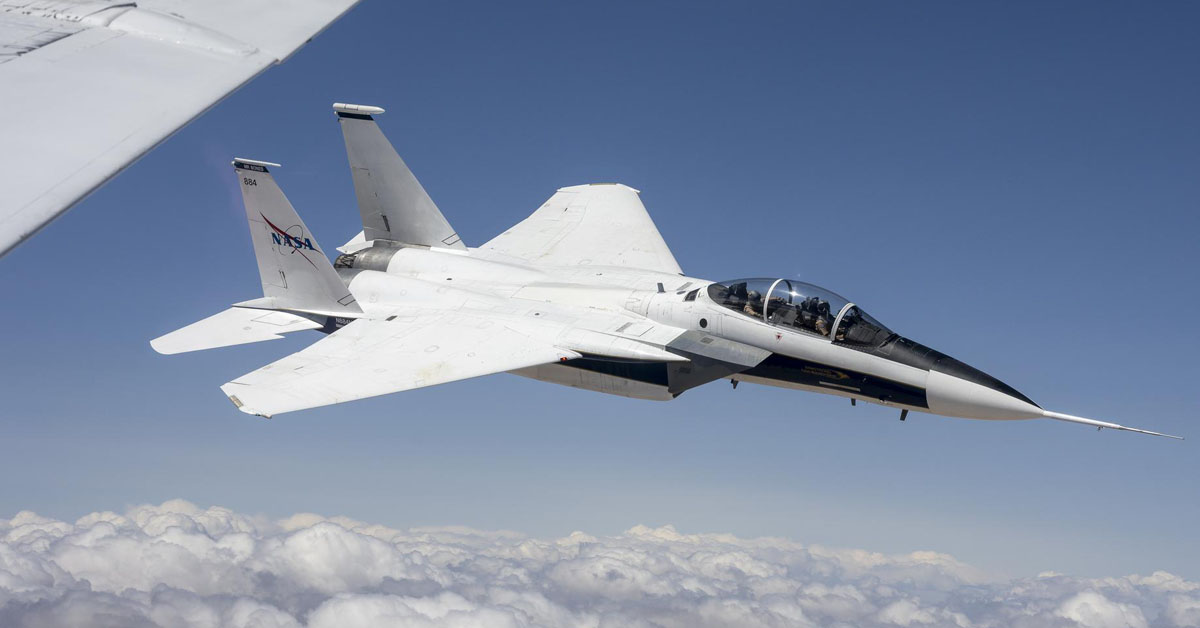NASA's F-15 Tests Pave the Way for Quieter Supersonic Flight: A Leap Towards Sustainable Air Travel

For decades, the promise of supersonic flight has been tantalizing – the ability to cross continents in a fraction of the time. However, the disruptive sonic booms associated with this speed have limited its practical application, particularly over populated areas. Now, NASA is taking a significant step towards changing that with its ongoing X-59 Quesst (Quiet SuperSonic Technology) program. A crucial component of this ambitious project involves a series of recent test flights utilizing F-15 aircraft, and the results are incredibly promising.
Why F-15s? The Role of Flight Testing
The F-15 Eagle, a legendary fighter jet known for its speed and agility, isn't being used to break speed records. Instead, these flights are part of a sophisticated testing regime designed to validate and refine the aerodynamic shaping and control technologies employed in the X-59. The F-15s are essentially acting as 'flying wind tunnels,' allowing NASA engineers to gather crucial data about how different shapes and configurations affect sonic boom propagation.
Specifically, the F-15 tests are focused on evaluating techniques to minimize the intensity of sonic booms. These techniques involve carefully shaping the aircraft's nose and body to create a gradual pressure wave rather than a sudden, sharp one. The data collected from these tests will be directly fed into the design and operation of the X-59, ensuring it meets the program's ambitious goal of significantly reducing sonic boom loudness.
The X-59 Quesst: A Revolutionary Approach
The X-59, currently under construction, is a uniquely shaped aircraft designed to generate a “soft” sonic boom – one that sounds more like a gentle rumble than the traditional loud crack. This breakthrough is achieved through extensive aerodynamic research and advanced computational modeling. The ultimate goal is to enable commercial supersonic flight over land without causing significant disturbance to communities below.
Beyond the Tests: A Future of Faster, Quieter Travel
The recent F-15 test flights represent a vital milestone in the Quesst program. The data gathered will not only inform the final design of the X-59 but will also contribute to a broader understanding of sonic boom mitigation. Successful implementation of the Quesst technology could revolutionize air travel, opening up new possibilities for faster, more efficient, and quieter routes across the globe.
NASA's commitment to this project demonstrates a dedication to innovation and a vision for a future where supersonic flight is not only possible but also environmentally and socially responsible. Keep an eye on the Quesst program – it's poised to reshape the skies and redefine our understanding of speed and sustainability in air travel.






